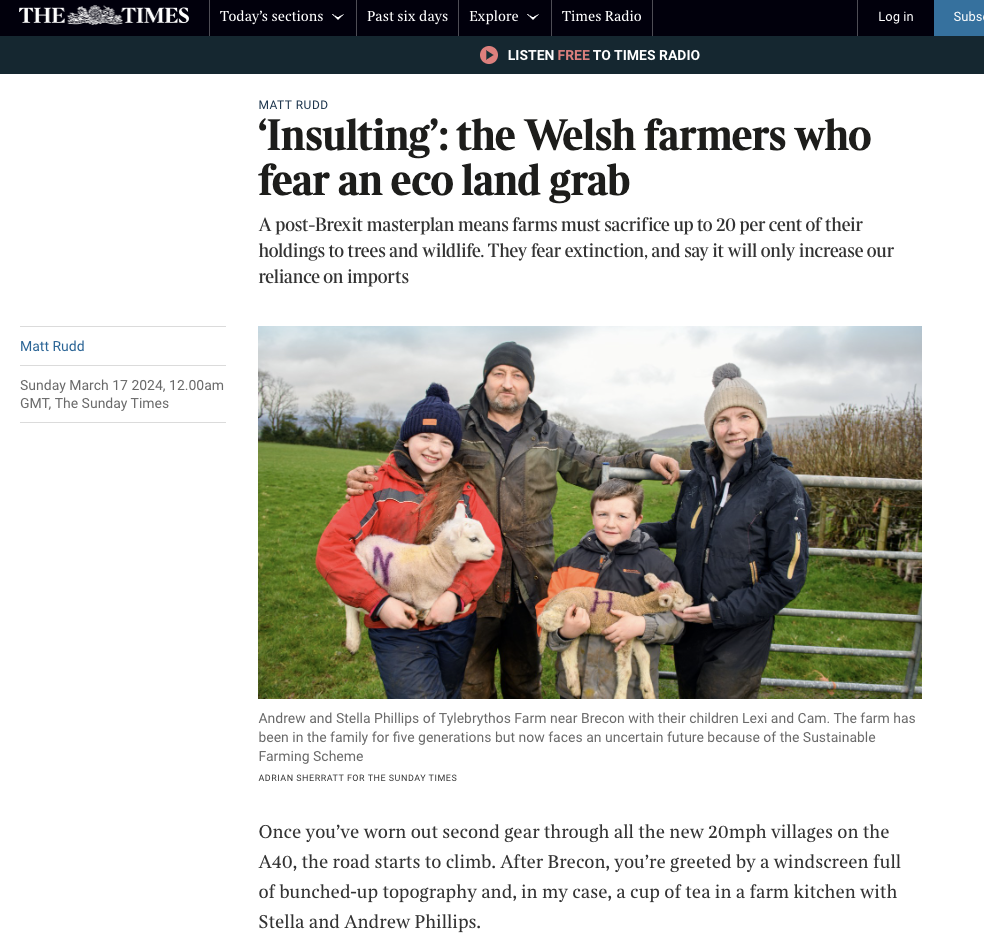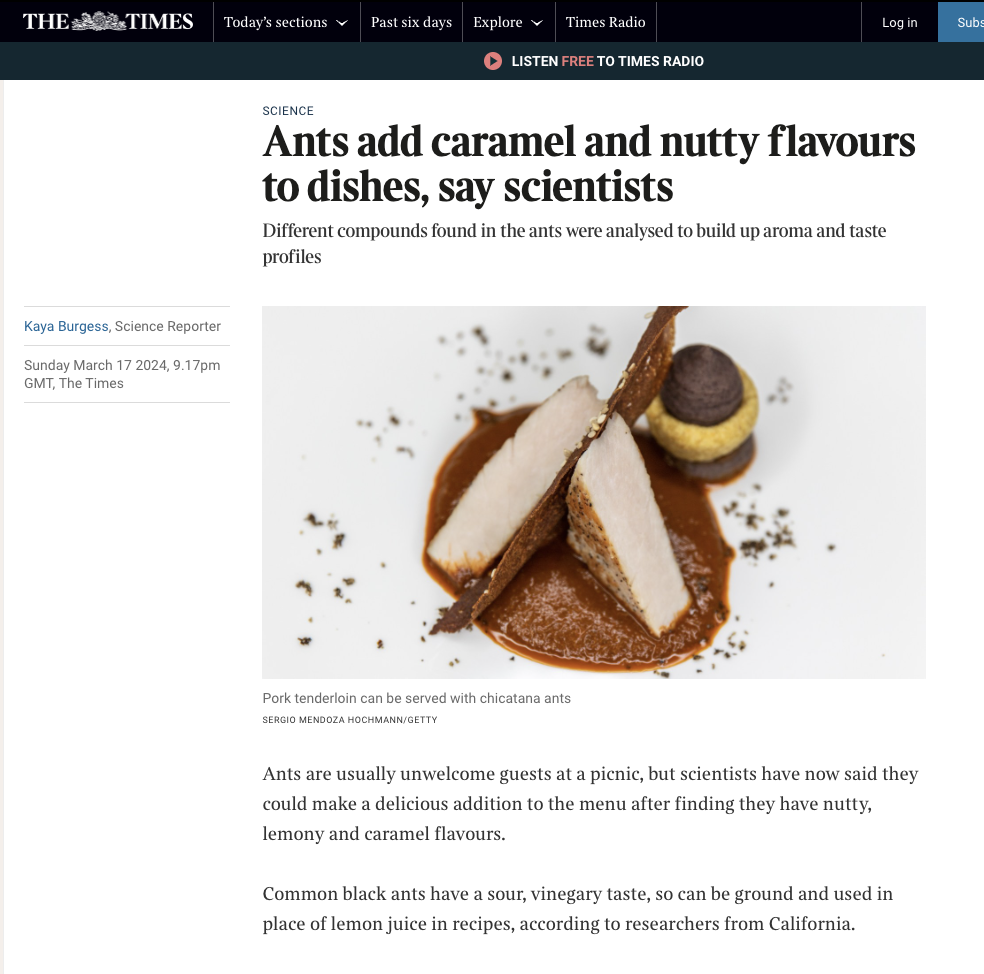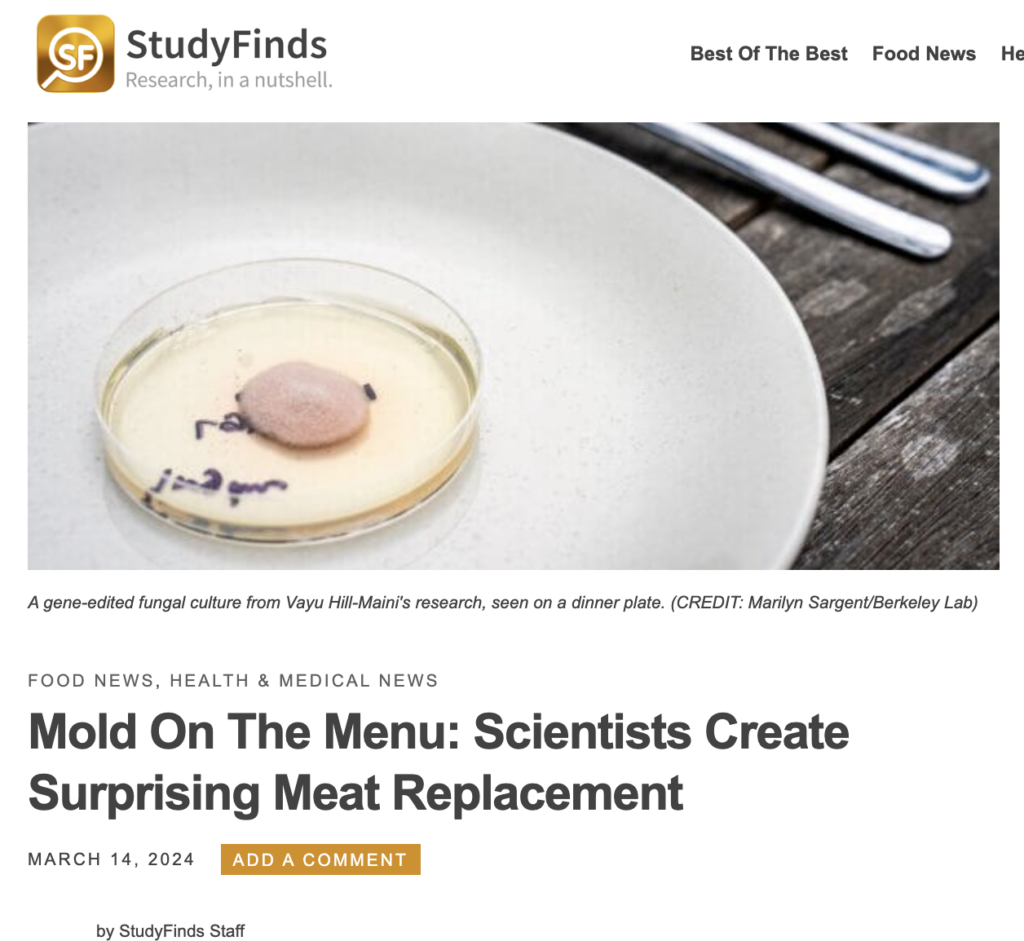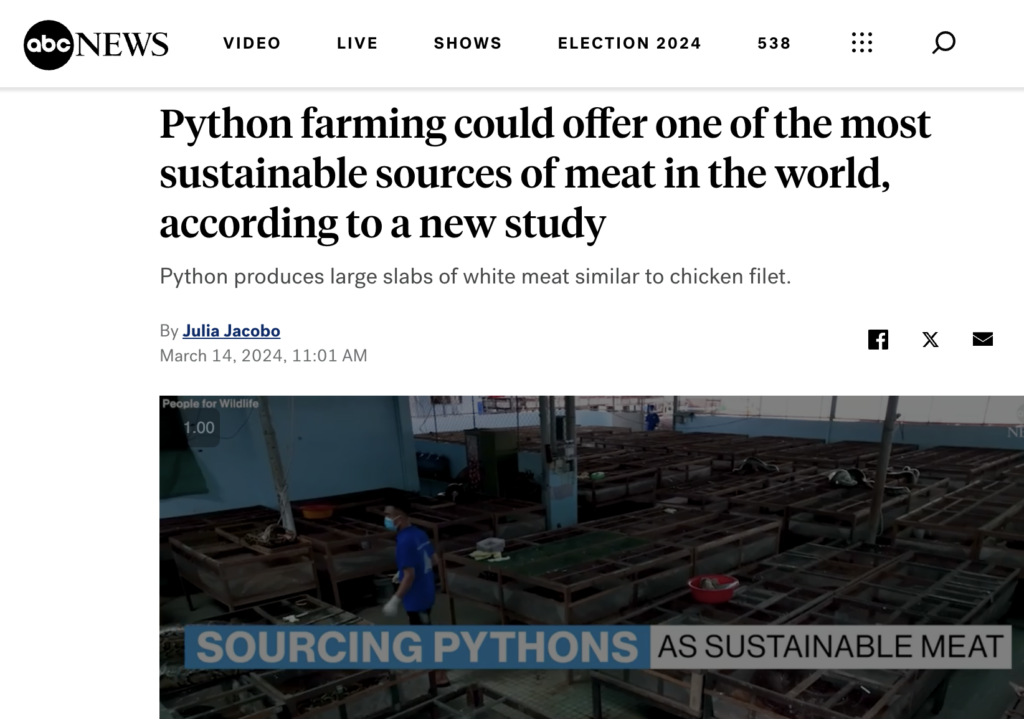BBC Goes Climate Banana Crazy Warning of Banana production to drop despite banana output having doubled over the last 20 years
Matt McGrath of the BBC Goes Climate Banana Crazy Editor’s Note: This guest post from The Daily Sceptic’s Chris Morrison, debunks a story carried by the BBC that banana production is being diminished, leading to shortages and higher prices, due to climate change. Climate Realism has repeatedly refuted claims that climate change is harming crop production. Although bananas have only been addressed in […]
House committee examines threats to U.S. food security from Chinese ownership of land, facilities – ‘Between 2010 & 2020 China increased its holding of U.S. agricultural land by 5,300%…holds 384,000 acres valued at $2 billion’
https://justthenews.com/politics-policy/regulation/house-committee-looks-threats-us-food-security-chinese-ownership-land By Kevin Killough The House Agriculture Committee took a close look Wednesday at the influence of China on America’s food supply. The committee also heard testimony concerning Chinese companies activities in the U.S., allegedly stealing intellectual property and purchasing supply chain assets that American farmers depend on to produce crops. Addressing the problem runs into […]
Farmers on Tractors halt EU Green New Deal! AP: EU fails to advance major climate bill – Plan to ‘fight climate change was indefinitely postponed’ due to ‘farmers’ protests sweeping the continent’
https://apnews.com/article/eu-climate-nature-protection-farmers-protests-7b222f346d4898e32766b230da781385 A major European nature protection plan stumbles at the final hurdle. ‘How could we give that up?’ BY RAF CASERT Updated 12:54 PM EDT, March 25, 2024 BRUSSELS (AP) — A major European Union plan to better protect nature in the 27-nation bloc and fight climate change was indefinitely postponed Monday, underscoring how farmers’ protests sweeping the […]
Oregon Declares War on Small Farmers: War on Food is Spreading in U.S. Through Land-Use Restrictions, Geoengineering & Waves of Propaganda
Leo Hohmann: Liberal State Declares War on Small Farmers and Homesteaders: War on Food is Spreading in U.S. Through Land-Use Restrictions, Geoengineering and Waves of Propaganda By Leo Hohmann The World Economic Forum warned us several years ago that its ultimate goal was to destroy the middle class. How else would you explain their slogan: “You […]
‘Insulting’: UK Telegraph: ‘Welsh farmers who fear an eco land grab’ – ‘A post-Brexit masterplan means farms must sacrifice up to 20% of their holdings to trees & wildlife. They fear extinction’

https://www.thetimes.co.uk/article/well-be-finished-the-welsh-farmers-who-fear-an-eco-land-grab-h53spvr7p?utm_source=Sailthru&utm_medium=email&utm_campaign=Environment%20-%20Tuesday%2019th%20March%202024&utm_term=audience_ENVIRONMENT By Matt Rudd Once you’ve worn out second gear through all the new 20mph villages on the A40, the road starts to climb. After Brecon, you’re greeted by a windscreen full of bunched-up topography and, in my case, a cup of tea in a farm kitchen with Stella and Andrew Phillips. They’ve been up […]
We’re Saved! UK Telegraph: ‘Ants pack a punch of flavor’ to food – ‘Add caramel & nutty flavors to dishes, say scientists’ – ‘Black ants have a sour, vinegary taste’

UK Telegraph: Ants are usually unwelcome guests at a picnic, but scientists have now said they could make a delicious addition to the menu after finding they have nutty, lemony and caramel flavours.
Common black ants have a sour, vinegary taste, so can be ground and used in place of lemon juice in recipes, according to researchers from California.
Lab-grown meat — for pets!? ‘Pets eat more meat than’ children! Enter cells ‘replicated in a bioreactor, producing a chicken pâté-like dish’
British pets eat more meat than British children. … Pet animals account for 22 per cent of meat consumption in the UK. … globally, pets account for about 20 per cent of meat consumed. …
Enter the London tech firm Meatly, a start-up which has just produced its first tins of lab-grown meat for cat food. It makes real meat — in this case chicken — but without killing a single animal. Instead chicken cells are extracted from a hen’s egg and replicated in a bioreactor, producing a chicken pâté-like dish. The implications for animal welfare and the climate are clear.
GOP Congressman Thomas Massie warns feds ‘implementing ELECTRONIC TRACKING of all cattle in the U.S.’ Will be used to ‘limit beef production’ & ‘to DOMINATE small ranchers’
https://twitter.com/RepThomasMassie/status/1765362003080527903 JUST IN: The government is trying to sneak this $15 MILLION dollar funding to start electronic tagging for cows and bison in Kentucky, USA. "Mandating electronic tags for cattle is the beginning of the END of the American rancher" "The cattlemen's in Kentucky know this ain't… pic.twitter.com/HqXgB6UMpH — Wall Street Silver (@WallStreetSilv) March 10, […]
Mold On The Menu: Scientists Alter Fungi Genes To Create Surprising Meat Replacement – Utilizing ‘gene editing system’ that created ‘alterations’ in the ‘mold’s genome’

https://studyfinds.org/mold-fungi-food/ What To Know: Scientists are using fungi to create a sustainable food alternative. By altering fungi genes, researchers created a burger patty made of mold. Gene editing boosted the food’s iron content, which gives meat its flavor and color. BERKELEY, Calif. — Forget about ordering that juicy steak from your favorite restaurant — how about […]
Let them eat–snake?! Python farming could offer one of the most sustainable sources of meat in the world – ‘Much less carbon intensive’

https://abcnews.go.com/International/python-farming-offer-sustainable-sources-meat-world-new/story?id=108084507 By Julia Jacobo Python farming could offer one of the most sustainable sources of meat in the world, according to a new study – Python produces large slabs of white meat similar to chicken filet. Scientists are learning more about what sources of meat could serve as more sustainable alternatives to beef, pork and […]
